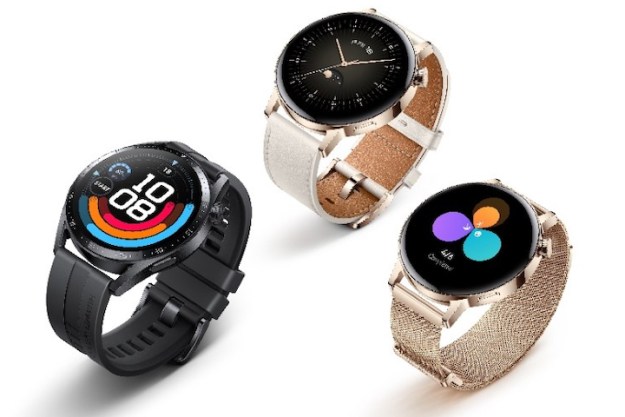The 3- printed watch is definitely too large to be a wristwatch, and indeed, it’s only going to work as a pocket watch in considerably sized pockets. It measures 98mm across the face, and 93mm in height — that’s about the size of your closed fist. But despite its size, the watch is made almost entirely from intricate 3D-printed components. Other than the metal pins, screws, and washers that keep the gears turning and hold the watch together, every element is 3D printed. It works on manual winding power, yet another tribute to classical watchmaking.
One of the most impressive features is a functional tourbillon, a marker of high-end and handcrafted watchmaking developed in 1795. The earth’s gravitational pull affects the regularity and accuracy of a watch’s internal mechanism, and the tourbillon cancels that out. It constantly rotates parts like the balance wheel, balance spring, and escapement while the watch is running, so that the watch can continue to tick in nearly perfect time.
Laimer’s success with this first fully functional 3D-printed watch has a lot to do with his vertical strategy. He layered the many parts on top of each other instead of spreading them out horizontally, and while this made the watch bulky, it also rendered it functional. Laimer made all the 3D design files available to the open source maker community, so while the finished product isn’t for sale quite yet, you can always 3D print one for yourself. And of course, releasing the open source files for collaboration will hopefully encourage makers to continue improving on the design until we can 3D print fully functional wristwatches and beyond.
Editors' Recommendations
- Nvidia turns simple text prompts into game-ready 3D models
- AMD is bringing 3D V-Cache back to Ryzen 7000 — but there’s a twist
- AMD’s revolutionary 3D V-Cache chip could launch very soon
- Fighting football injuries with 3D-printed, hyper-personalized pads
- AMD’s 3D-stacked Ryzen 7 5800X3D is ‘world’s fastest gaming processor’


